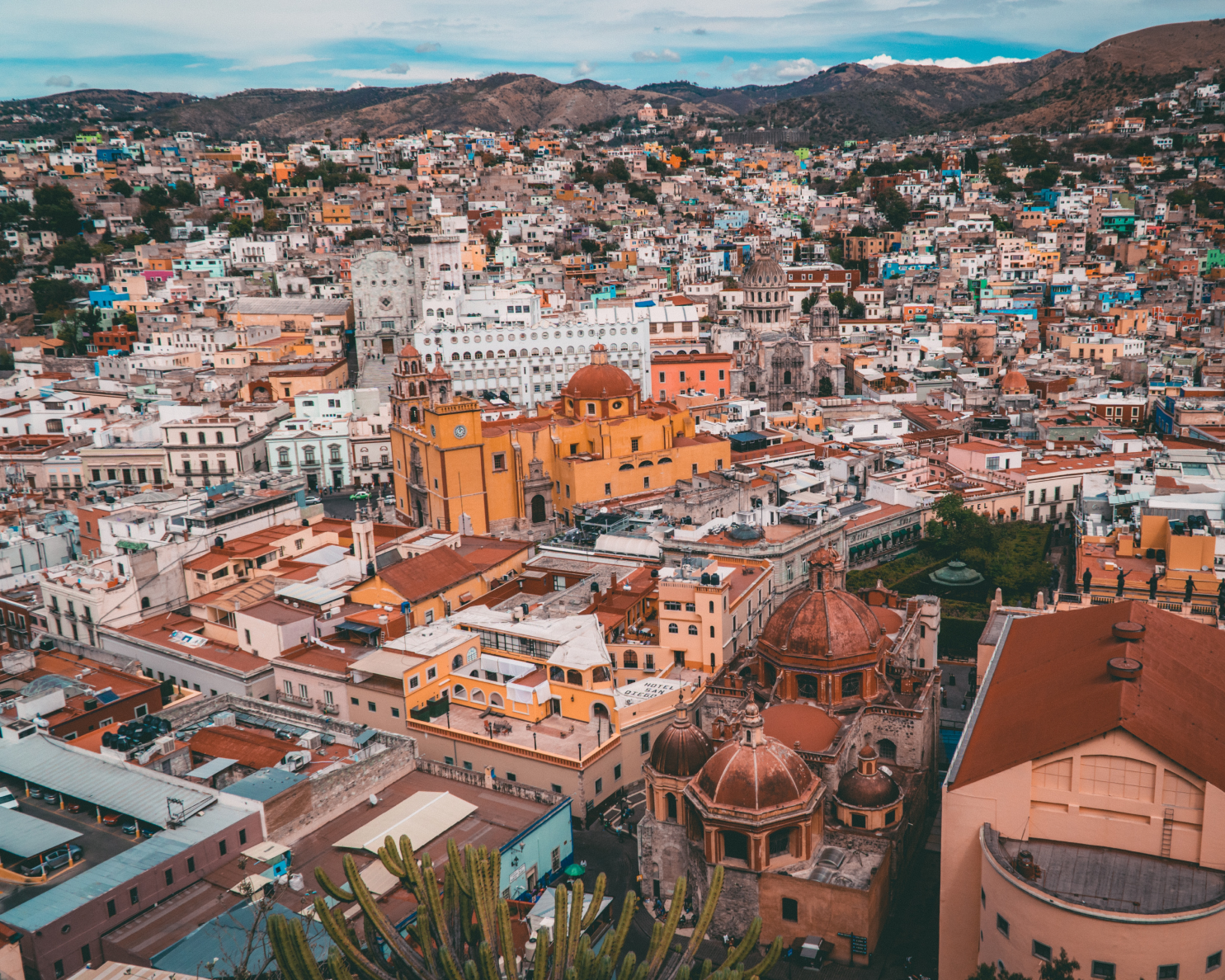Description
In this case, public land and infrastructure owners lease assets (e.g. water and energy infrastructure) to the private sector. In these operations, the leasing agreement is made between the public owner (e.g., a city or a public sector entity) and the private sector (e.g., developers and operators). The resulting revenue can be used as initial capital for upfront costs related to public infrastructure investments.
Instrument category
Municipal own source revenue (OSR) and policy steering instruments
Implementation status
High - much evidence available
Enabling conditions and success factors
- Land and asset leasing requires a trusted and coherent legal framework, strong institutions and clearly defined and enforceable property rights.
- Leasehold frameworks and related revenue streams should be systematically linked to a city’s land-use plans. Down the line, leaseholds are likely to need to be complemented by taxes and charges to pay for maintenance and expansion of infrastructure service provision.
Instrument benefits
- More sustainable revenue source than selling land and assets outright.
Challenges and risks to implementation
- Risk of inefficient or underused infrastructure development that does not meet local needs if land leaseholds are not primarily used to leverage new infrastructure assets tied to a city’s land-use plan.
